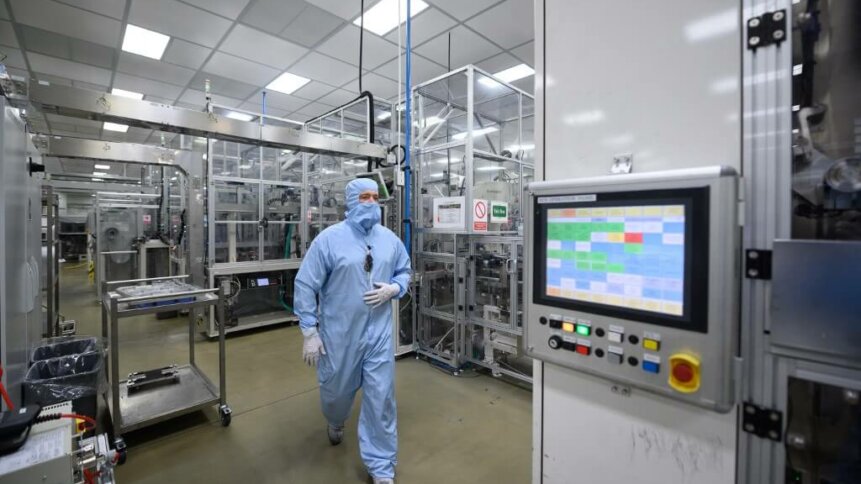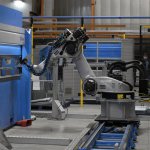IoT grows up to become manufacturing safety inspectors

After years of hanging around the periphery of business applications, and popping up in varied consumer commerce use, it appears the Internet of Things (IoT) has sufficiently advanced to now take the lead in manufacturing safety.
First adopted by tech-curious consumers, smart internet-enabled devices have appeared as consumer products for a number of years, but IoT’s economic impact was long projected to be generated from commercial and industrial applications.
Home consumer electronics and wearable devices have been saturating the marketplace, and virtual assistants like Amazon’s Alexa have even become connected devices that connect other smart devices. But the home is not the only well-entrenched smart device ecosystem, across manufacturing and factory floors, IoT smart sensors and other operational technology (OT) have been steadily gaining traction thanks to the operational efficiencies they present to operations, and is often termed today as the industrial internet of things (IIoT).
IoT applications are being increasingly harnessed in increasingly disparate industries. Sectors include business automation, travel and logistics, plant monitoring, agriculture, and more – to the extent that the nascent IoT market was already worth US$465 billion in 2019, and is pegged to generate US$1.5 trillion in revenue by 2030.
IoT leads smart manufacturing safety
As pandemic-led stay-at-home initiatives have been supported by smart home tech like internet-enabled thermostats, smartphone-accessible security cameras and virtually encrypted door locks, advances in safety technology have seen IoT instruments become commonplace in key manufacturing roles, including equipment monitoring and maintenance.
IoT sensors already function on machinery to help pinpoint when a failure has occurred. But they can also be tapped for predictive maintenance, sending an alert to supervisors when a breakdown is imminent, or when scheduled servicing is required. This can free up manufacturers from the regimented schedule of passive maintenance, allowing uptimes to go up and costs to go down over time.
Now IoT tech is becoming widespread to reduce workplace risk, specifically on manufacturing floors. Wearable IoT gear like RFID tags and smartwatches are doing their part to slash safety risk, enhance worker safety conditions, and also reduce possibility of worker compensation claims for injuries on the job.
The public has embraced wearables like fitness trackers to manage their physical wellness and to monitor achievement targets. To an extent, IoT wearables in manufacturing can perform similar functions, such as identifying staff locations in real-time in case of a crisis, or identifying that the worker experienced a fall.
Equipment like IoT-powered safety vests and belts can aid with movement tracking, air quality and noise levels, and perhaps even monitor employee well-being metrics like heart rate, movement, and ergonomics. Gloves, armbands, and wristbands could be tasked to report on possible muscle issues that might develop into work-related injuries.
Sensors can plausibly detect when moisture is accumulating in an area that should be dry. In this way, IoT can monitor water temperature, humidity, and flow – and in the event of water damage to business operations or injury to workers, these sensors can trigger automated shut-off valves for the water.
The most sophisticated water detection systems utilizes acoustic-based water flow sensors, that monitor changes in water flow sound. Machine learning is then harnessed to turn those electronic signals into unique flow signatures, that enables engineers to observe water patterns and predict future unwanted incidents.
Most manufacturing facilities already possess cameras situated throughout the operations areas. IoT imaging software can be linked to them, tapping computer vision to monitor safety risks, and to trigger real-time alerts if something does go awry, like an injury.










